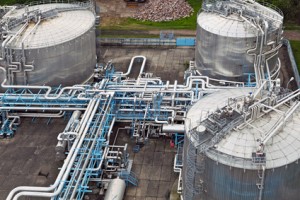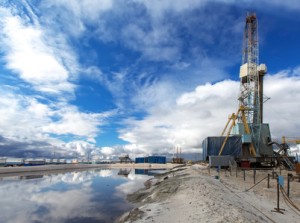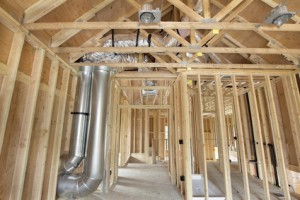Thursday 05 December, 2013
Oil Processing
 “Drill baby drill,” one of the catchiest phrases to come out of the 2008 presidential election. No matter what your stance is on drilling, we all know our home heating oil originates from crude oil extracted from the earth. The final product however is far from the stuff first taken out of the ground; so how does it get that way? What processes does it go through from the ground in order to reach your home in Oil Processing? Here is a quick look at what happens to your heating oil before it ready to distribute around the country.
“Drill baby drill,” one of the catchiest phrases to come out of the 2008 presidential election. No matter what your stance is on drilling, we all know our home heating oil originates from crude oil extracted from the earth. The final product however is far from the stuff first taken out of the ground; so how does it get that way? What processes does it go through from the ground in order to reach your home in Oil Processing? Here is a quick look at what happens to your heating oil before it ready to distribute around the country.
Once it has been extracted from the ground, crude oil is sent to a petroleum refinery. These refineries are expansive campuses filled with an assortment of various processing units and other buildings such as storage tanks. It is impossible to pinpoint the exact processes that result in crude oil morphing to heating oil as all refineries operate a little differently, but there is still a general recipe each follows. Incredibly, the average refinery produces anywhere from 800,000 to 900,00 barrels of refined crude oil a day!
The main processes to take place in most refineries is in the crude oil distillation unit (CDU).The first step within the CDU is fractional distillation which facilitates the breaking down of the crude into various components or fractions. This is done by submitting the oil to varying boiling temperature ranges which breaks the crude into different hydrocarbon chains. There are four types of distillates produced that fall into four different categories: light distillates, middle distillates, heavy distillates, and other. Heating oil falls into the middle distillate category along with automotive, rail-road diesel, and other light fuels.
From here, the next step may possibly be chemical processing. This process takes some of the fractions and combines them with others. This is called conversion. The fractions then need to be treated to remove impurities. Achieved through a variety of processes beginning with a sulfuric acid treatment in a column, onto an absorption column to remove water, and completed with another sulfur treatment and scrubbers of hydrogen-sulfide to remove the leftover sulfur. Finally, depending on the intended outcome, some fractions are again remixed to produce the final product.
So the next time you go to adjust your thermostat, take a quick second to think of all that needed to occur in order for the oil to be ready before it arrived to heat your home. It is truly amazing to think about!
|




0